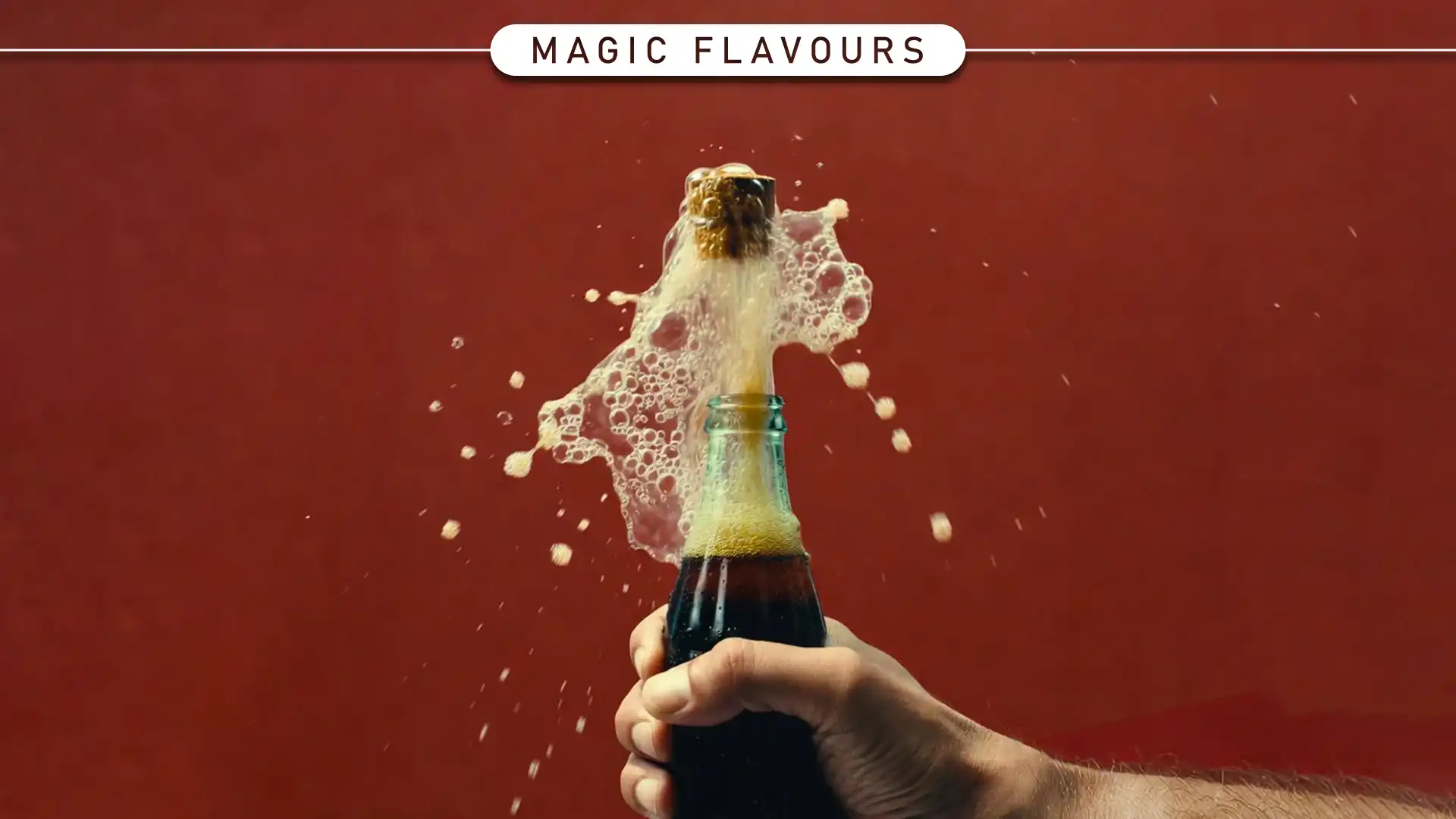1. Soft Drink Flavor Manufacturers: An Introduction to Their Role and Impact

Soft Drink Flavor Manufacturers: Soft drinks are more than refreshing beverages. Indeed, soft drinks are complex creations built on carefully designed flavors. Behind every successful soda lies a skilled flavor manufacturer. Moreover, the global beverage industry thrives on innovation. Consumers constantly seek new tastes, healthier options, and memorable experiences.
Consequently, flavor manufacturers are at the center of this movement. They combine science, creativity, and market knowledge to shape global trends.
As a result, as competition grows, the importance of flavor innovation increases. Brands cannot rely solely on packaging or marketing.
Therefore, long-term success depends on delivering consistent and exciting taste experiences to consumers.
Moreover, understanding the role of flavor manufacturers helps businesses recognize where the real value lies in soft drinks.
2. The Flavor Development Process Explained by Soft Drink Flavor Manufacturers
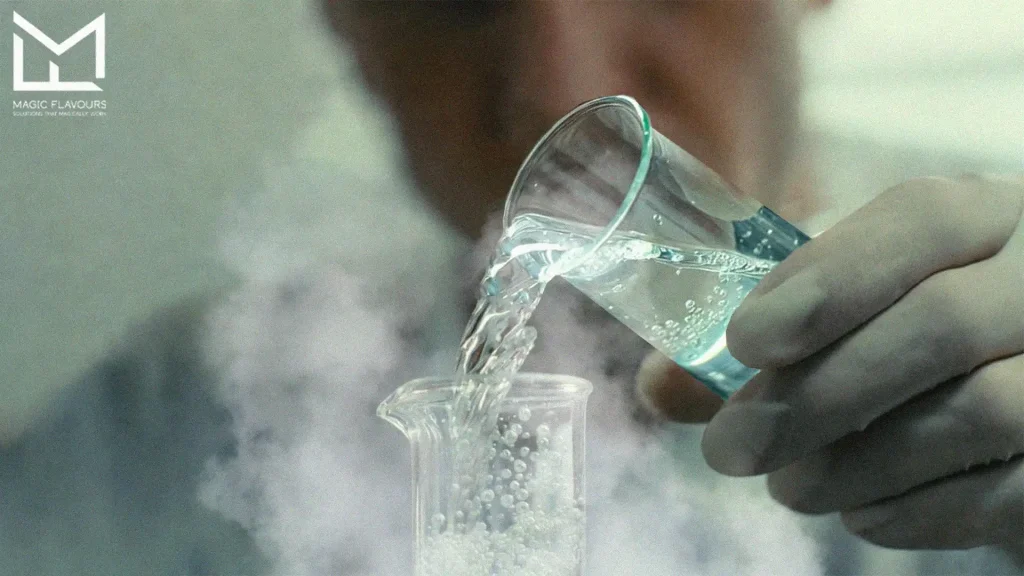
2.1 Definition and Role of Soft Drink Flavor Manufacturers
To begin with, soft drink flavor manufacturers are specialized companies. They design and produce flavors for beverages worldwide. Their work connects science and creativity.
Moreover, these manufacturers translate market trends into taste profiles. They ensure every drink meets quality and consumer expectations. Brands rely on them for differentiation.
Without them, most beverage companies would struggle to innovate. Flavor manufacturers provide the essential ingredient shaping brand identity and consumer loyalty.
2.2 Difference Between Flavor Houses and Beverage Companies
Flavor houses focus exclusively on taste development. Beverage companies create, package, and sell finished drinks to consumers.
Flavor houses test ingredients, combine formulas, and adjust balances. Beverage companies depend on these solutions to launch new products successfully.
This separation allows each company to specialize. Flavor houses push taste innovation, while beverage brands focus on marketing and distribution.
3. Inside the Flavor Development Process: Insights from Soft Drink Flavor Manufacturers
3.1 Concept & Market Research by Soft Drink Flavor Manufacturers
Flavor development starts with concept and market research. Manufacturers study trends, consumer preferences, and cultural influences.
Research identifies popular tastes, potential gaps, and regional differences. Insights guide the initial flavor concept.
Without proper research, flavors may fail to attract consumers. This step ensures a higher chance of market success.
3.2 Flavor Creation & Formulation
Flavorists combine ingredients to create the desired taste. Natural and artificial components are carefully balanced.
Formulas are tested repeatedly for aroma, sweetness, and acidity. Adjustments continue until the perfect profile emerges.
Each batch must work in different beverage types. Consistency across production is essential for brand reliability.
3.3 How Soft Drink Flavor Manufacturers Perform Testing and Sensory Evaluation
Flavors undergo sensory testing with panels or focus groups. This ensures the taste meets consumer expectations.
Manufacturers also check stability, shelf life, and compatibility with packaging materials. Quality control is critical.
Feedback informs final adjustments. Only after thorough testing does the flavor move to production.
3.4 Scaling to Production
Once finalized, flavors are scaled for industrial production. Lab formulas are adapted for large batches.
Manufacturers ensure flavors remain consistent in taste, aroma, and performance. This requires precise engineering and expertise.
Successful scaling guarantees that every drink tastes the same, whether in local or global markets.
4. Natural vs. Artificial Flavors in Soft Drinks: Insights from Soft Drink Flavor Manufacturers
4.1 Natural Flavors
Natural flavors are derived from plants, fruits, or spices. They appeal to consumers seeking authenticity and transparency.
They provide a clean-label image but may be affected by seasonal availability. This can impact consistency and cost.
Manufacturers often blend multiple sources to achieve a stable, repeatable flavor. Innovation ensures taste quality without compromise.
4.2 Artificial Flavors
Artificial flavors are lab-created to replicate natural tastes. They provide consistent results regardless of season or origin.
They are often more cost-effective and easier to scale for large production. Some consumers may view them as less desirable.
Artificial flavors allow experimentation with bold or unusual tastes. They support brands in creating unique or signature beverages.
4.3 Choosing Between Natural and Artificial
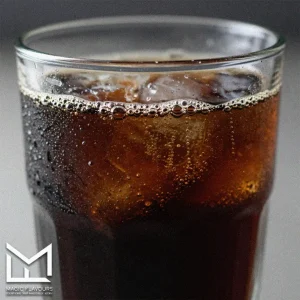
Brands must balance consumer perception, cost, and stability when choosing flavors. Both approaches have strategic advantages.
Many companies now combine natural and artificial ingredients. This approach meets demand while maintaining consistency and affordability.
The choice depends on target market, brand positioning, and regulatory requirements. Manufacturers guide this decision to maximize success.
5. How Brands Work with Flavor Manufacturers
5.1 Custom Flavor Development
Often, brands request custom flavors to stand out in the market. Manufacturers design unique formulations for each client.
Moreover, this ensures exclusivity and strengthens brand identity. Both startups and large companies benefit from tailored solutions.
Finally, custom flavors require multiple iterations. Feedback loops between brands and manufacturers ensure the final product meets expectations.
5.2 Co-Creation Partnerships
Some brands collaborate closely with manufacturers on flavor innovation. Both teams contribute ideas and technical expertise.
Co-creation accelerates development and improves the likelihood of market success. Shared knowledge enhances creativity.
These partnerships help brands launch new products faster while reducing risk. Collaboration strengthens trust and long-term business relationships.
5.3 Confidentiality & Intellectual Property for Soft Drink Flavor Manufacturers

Recipes and formulations are valuable intellectual property. NDAs protect both the brand and the manufacturer.
Confidentiality ensures competitive advantage. Companies can innovate without risking imitation by competitors.
Intellectual property considerations include trade secrets, patents, and agreements. This framework allows safe and profitable collaboration.
6. Key Takeaways from Soft Drink Flavor Manufacturers
6.1 Health & Wellness Flavors
In today’s market, consumers increasingly prefer healthier beverages. Manufacturers focus on sugar reduction, natural sweeteners, and functional ingredients.
Furthermore, functional ingredients include probiotics, vitamins, and plant extracts. These enhance health appeal without compromising taste.
As a result, brands prioritizing wellness gain loyalty and trust. Health trends strongly influence flavor development and global product positioning.
6.2 Uncommon & Regional Inspirations
Currently, unique regional flavors are gaining popularity. Manufacturers explore Middle Eastern, Asian, and African ingredients. Furthermore, uncommon flavors offer novelty and differentiation. Brands use these tastes to attract adventurous consumers. As a result, blending traditional and modern ingredients creates innovative drinks. Regional inspiration helps products stand out globally.
6.3 Sustainability & Ethical Sourcing
Sustainable ingredient sourcing is becoming critical. Consumers expect eco-friendly practices and transparent supply chains.
Manufacturers adopt plant-based and responsibly sourced materials. This reduces environmental impact while maintaining quality.
Sustainability supports brand image and meets regulatory demands. Ethical practices are now a standard expectation.
6.4 AI and Data-Driven Flavor Development
Indeed, artificial intelligence predicts flavor trends and consumer preferences. Data analysis guides formulation and innovation. Moreover, AI reduces development time and minimizes risk. It allows faster testing and improves product success rates. As a result, manufacturers can innovate efficiently while increasing the likelihood of market success.
Brands using AI can anticipate trends before competitors. Technology complements creativity in the flavor industry.
7. Challenges in Soft Drink Flavor Manufacturing
7.1 Regulatory Hurdles Faced by Soft Drink Flavor Manufacturers
Indeed, flavor manufacturers must comply with strict regulations worldwide. Authorities like the FDA, EFSA, and local agencies enforce standards. Furthermore, regulations cover ingredients, labeling, and safety. Non-compliance can result in fines, recalls, or reputational damage.
Therefore, manufacturers invest in testing, documentation, and certifications. This ensures products meet global legal and safety requirements.
7.2 Supply Chain Stability

Natural ingredients depend on seasonal harvests and climate conditions. Disruptions can increase costs or delay production.
Artificial alternatives offer consistency but may face consumer resistance. Balancing supply stability with consumer expectations is essential.
Manufacturers must plan sourcing, storage, and logistics carefully. Strong partnerships with suppliers reduce risks.
7.3 Cost vs. Innovation
Brands demand unique flavors but also expect cost efficiency. Manufacturers face pressure to innovate while controlling expenses.
Indeed, research, development, and testing require significant investment. Without innovation, products may fail to stand out in competitive markets. Therefore, finding efficient production methods and scalable solutions is essential for success. Ultimately, successful companies balance creativity, cost, and quality to remain competitive.
8. Regional Insights from Soft Drink Flavor Manufacturers
8.1 North America

In North America, consumers prefer bold and familiar flavors like cola, citrus, and berries. Additionally, health trends push brands toward low-sugar and functional beverages. Natural ingredients are increasingly popular. Therefore, manufacturers must balance innovation with familiar tastes to satisfy consumer expectations and maintain market share.
8.2 Europe
In Europe, markets demand natural ingredients and clear labeling. Regulatory standards are strict and must be followed. Moreover, plant-based and sustainable flavors are in high demand. As a result, consumers value transparency and prioritize ethical sourcing practices.
Brands often innovate with unique blends while ensuring compliance and quality across multiple countries.
8.3 Middle East & Africa
Uncommon and traditional flavors dominate this region. Popular options include date, pomegranate, rose, and mint.
Consumers appreciate unique blends that reflect local culture and traditions. Manufacturers adapt recipes accordingly.
Regional favorites help brands differentiate products and attract loyal customers in competitive markets.
8.4 Asia-Pacific
In Asia-Pacific, markets experiment with bold and unconventional flavors. Tropical fruits and floral notes are common. Furthermore, consumers are open to fusion drinks and novel taste combinations. Innovation drives market growth.As a result, manufacturers must ensure consistent quality while balancing local preferences with large-scale production requirements.
9. Future Outlook
9.1 Innovation and Technology in Soft Drink Flavor Manufacturers
Indeed, the soft drink flavor industry is evolving rapidly. Innovation drives both growth and continued market relevance. Moreover, artificial intelligence predicts consumer preferences and identifies successful flavor combinations. As a result, data accelerates development while reducing risk for manufacturers.
Manufacturers adopting technology gain a competitive advantage. Innovation enhances creativity while ensuring consistent results.
9.2 Sustainability
Indeed, sustainable practices are becoming standard in flavor production. Consumers expect eco-friendly sourcing and transparent supply chains.Furthermore, plant-based ingredients, responsible harvesting, and recyclable packaging reduce environmental impact. As a result, brands gain consumer trust while meeting growing expectations for sustainability.
Sustainability is not just ethical but also strategic. Companies that implement it stay ahead in global markets.
9.3 Health and Wellness
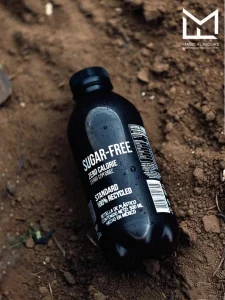
Indeed, health trends continue to shape flavors. Low-sugar, natural, and functional ingredients dominate new products. Moreover, functional beverages include vitamins, minerals, probiotics, and botanical extracts. These support wellness without compromising taste. Therefore, manufacturers who anticipate health trends can create products appealing to conscious consumers worldwide.
9.4 Market Leadership
Indeed, companies combining quality, creativity, and adaptability will lead the future. Strong partnerships with brands are essential. Furthermore, understanding regional trends, technology, and sustainability ensures market success. As a result, flavor manufacturers define the identity of soft drinks and shape consumer experiences worldwide. Those who innovate while maintaining consistency will remain competitive in a fast-changing global market.
10. Conclusion: Key Takeaways from Soft Drink Flavor Manufacturers
10.1 Importance of Flavor Manufacturers
Soft drink flavor manufacturers are essential to the beverage industry. Consequently, they transform ideas into appealing, market-ready flavors. Additionally, their expertise ensures products remain consistent, high-quality, and aligned with consumer expectations. Brands rely heavily on these partners.
Therefore, understanding their role highlights why flavor development is critical to brand identity, differentiation, and consumer satisfaction.
10.2 Trends and Opportunities
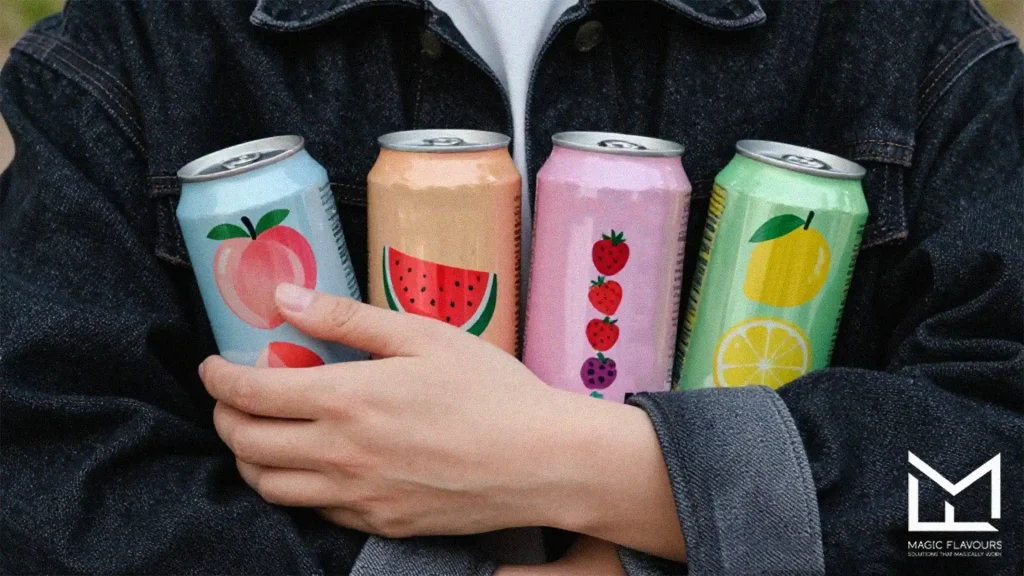
Health, sustainability, and technology drive innovation in flavors. Therefore, manufacturers who embrace these trends gain a competitive edge. Moreover, artificial intelligence, plant-based ingredients, and functional solutions create opportunities for unique and successful products. As a result, companies that anticipate consumer needs and innovate strategically will lead the industry and shape the future of beverages.
